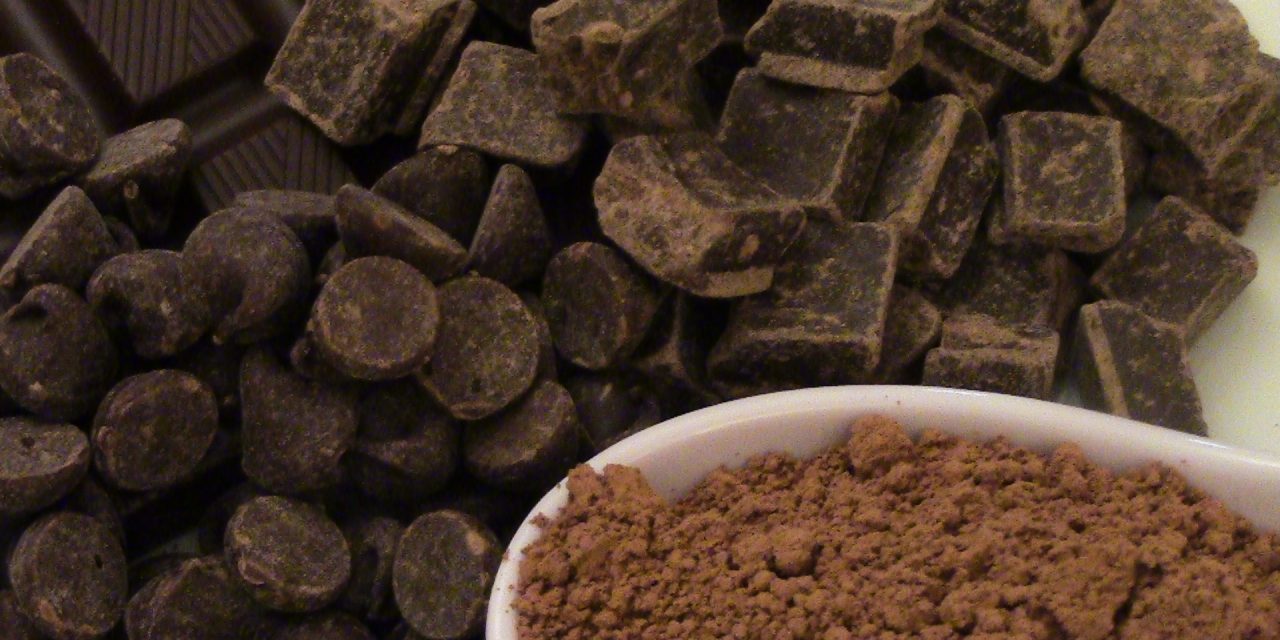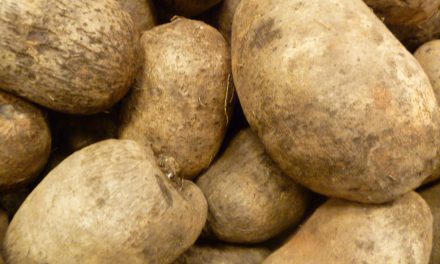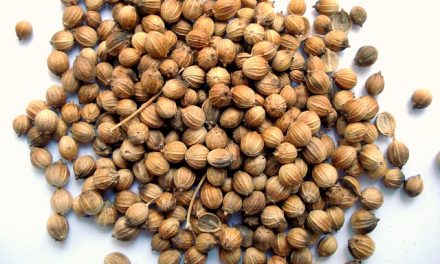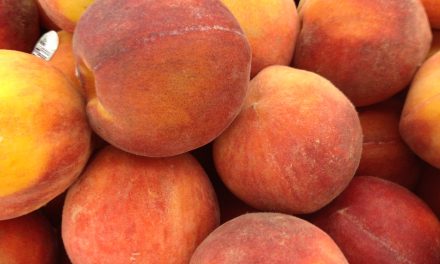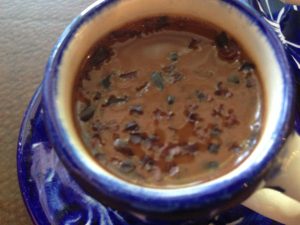 Chocolate pervades every part of our society, from candy bars to hot cocoa, from truffles to molten lava cakes. Most of us enjoy a good chocolate bar any day of the week and a steaming mug of cocoa can warm the soul on a cold winter’s evening. Chocolate is the food of lovers, given on Valentine’s Day to show devotion. Supposedly cacao contains some aphrodisiac qualities, but before you exchange Viagra for chocolate, remember that this has not been proven yet.
Chocolate pervades every part of our society, from candy bars to hot cocoa, from truffles to molten lava cakes. Most of us enjoy a good chocolate bar any day of the week and a steaming mug of cocoa can warm the soul on a cold winter’s evening. Chocolate is the food of lovers, given on Valentine’s Day to show devotion. Supposedly cacao contains some aphrodisiac qualities, but before you exchange Viagra for chocolate, remember that this has not been proven yet.
However you like your chocolate, what exactly are you enjoying and why? Reams of paper and millions of computer bytes have been used to explain chocolate, argue its merits, and dispel or repute myths.
What is Chocolate?

Chocolate comes from an evergreen tree, theobroma. There are three known varieties of this plant: criollo, forester, and trinitario. Today most chocolate is made from the forestero variety. Criollo is considered the finest chocolate and is almost impossible to obtain. It is this variety that the Aztecs were harvesting on the eve of Cortez’ entry into Mexico. Most bulk chocolate that we consume today is made from forestero cacao beans. And though chocolate had its humble beginnings in Central America, over 90 percent of the world’s crops today are grown in West Africa.
Chocolate, or cacao, is indigenous to Central America. It can only grow 20 degrees north and 20 degrees south of the world’s equator. It was successfully transplanted to the West (Spain) and East (Dutch) Indies. From these islands chocolate made its way across the ocean to Europe and into the hands of expert food inventors. These experts took the concept of chocolate as a drink of the gods and made into an edible sweet bar. The new confection caught on fast in 1600’s Europe and by the end of that century most Europeans were eating chocolate delicacies. These delicacies were then brought back across the water to rest at home, once again, in the Americas.
Discovery of Chocolate
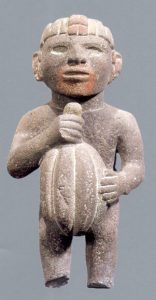 Chocolate as a drink was encountered by the Spanish when they entered Mexico (Mesoamerica). Moctezuma and his court drank copious quantities. Chocolate was used as a currency and for trade. There are many stories in The True History of Chocolate by Sophie D. Coe and Michael D. Coe (expert in pre-Columbian Mesoamerican Studies) that illustrate the many facets of the cult of chocolate.
Chocolate as a drink was encountered by the Spanish when they entered Mexico (Mesoamerica). Moctezuma and his court drank copious quantities. Chocolate was used as a currency and for trade. There are many stories in The True History of Chocolate by Sophie D. Coe and Michael D. Coe (expert in pre-Columbian Mesoamerican Studies) that illustrate the many facets of the cult of chocolate.
Chocolate is far older than what the Spaniards encountered. Traces of a chocolate drinking culture date back to over 3,000 years ago to the pre-Colombian civilization known as the Olmec. Motifs of chocolate drinkers have been found throughout Guatemala and the Honduras. The Mayan culture of the early centuries A.D. also took part in the tradition of processing and drinking chocolate. Evidence is found in the ruins of these societies (read Coe’s work). The Aztecs apparently traded with and eventually assumed the work of making chocolate from the Mayans. When Cortez marched onto the Tenochtitlan Plaza in 1519 A.D., chocolate was in full production. The frothy drink was reserved only for warriors, noblemen, and especially the Emperor. Chocolate growers and harvesters weren’t allowed to partake in drinking what they grew.
 Chocolate was mixed with other ingredients like maize and chili. Sometimes it was sweetened with agave, but not often. Sometimes vanilla was added. As a drink it was traditionally “frothed.” A servant poured the chocolate mixture from one vessel to another repeatedly to bring forth the foam. It was this foam that was taken by the elite of the Aztec.
Chocolate was mixed with other ingredients like maize and chili. Sometimes it was sweetened with agave, but not often. Sometimes vanilla was added. As a drink it was traditionally “frothed.” A servant poured the chocolate mixture from one vessel to another repeatedly to bring forth the foam. It was this foam that was taken by the elite of the Aztec.
Returning Home
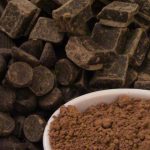
This is the drink that was taken back to Spain, transformed, and made into the chocolate we know today. The chocolate industry was expanded by the industrial revolution and by the early 1900s chocolate was consumed by most Americans. Although Hershey’s chocolate is the brand name known to most of us now, the first chocolate to be produced and sold in America was a company called Baker’s (Baker’s Chocolate). It was in continuous operation from the 1750s, until the location was moved in 1965 by the Postum Company. (General Mills/Kraft Food Co.).
Nowadays most of us couldn’t imagine life without some bit of chocolate to get through our day, yet there was a time that it was only served to the elite and the powerful. What we enjoy today is a long stretch from the Olmec who sat at the slightly heated grinding stone, crunching up and serving unsweetened cacao to their Master.

